
The Hidden Strength of Every Resilient Business (And How to Get It): The No-Fail Resilient Business Formula
The future belongs to businesses that can adapt and thrive in uncertainty. Discover how to build a resilient business with proven strategies from the pandemic—embracing digital transformation, financial preparedness, and agile operations. Don’t just survive the next disruption—lead with confidence and resilience.
Table of Contents
- Introduction: Why Resilient Business Matters More Than Ever
- Understanding Business Vulnerabilities
- Key Lessons from the Pandemic for a Resilient Business
- Actionable Strategies to Future-Proof Your Business
- Leveraging Digital Transformation for Resilience
- Conclusion: Building a Resilient Business for Long-Term Success
Introduction: Why Resilient Business Matters More Than Ever
If the pandemic taught us one thing, it’s that businesses must be prepared for uncertainty. The companies that survived—and even thrived—were those that had built a resilient business model. But what does resilience really mean in a business context? It’s about being adaptable, forward-thinking, and ready to pivot in the face of disruption.
A resilient business is one that can withstand economic downturns, supply chain disruptions, and unexpected crises. Whether you’re a small startup or a large enterprise, having a crisis-proof strategy is no longer optional—it’s a necessity. Let’s explore the biggest lessons from the pandemic and how you can implement them to create a business that stands strong in any situation.
Understanding Business Vulnerabilities
Before we dive into the solutions, it’s crucial to identify the weak spots that make businesses vulnerable to disruptions. The pandemic exposed multiple challenges, including:
Lack of digital presence –

Businesses that relied solely on offline operations struggled the most.
Supply chain dependency –
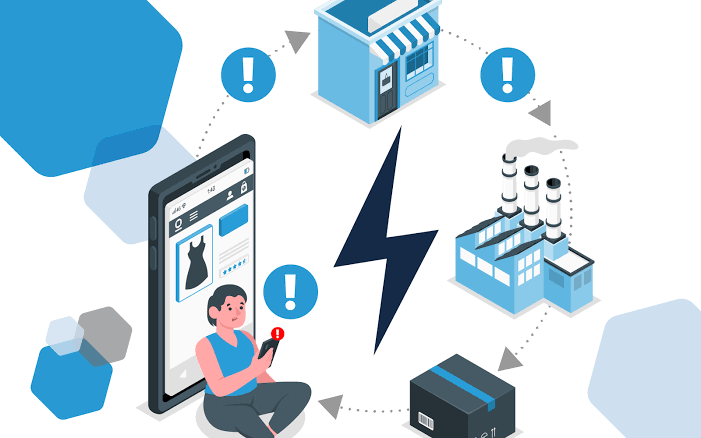
Companies with limited suppliers or geographical constraints faced shortages.
Inflexible business models –
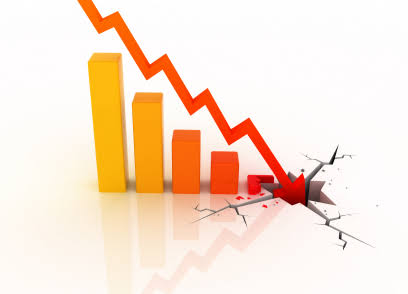
Those unwilling to pivot or diversify faced closure.
Ineffective crisis management –

Without a proper contingency plan, many businesses failed to react swiftly.
Recognising these weaknesses is the first step toward creating a resilient business.
Key Lessons from the Pandemic for a Resilient Business
1. Digital Transformation is Non-Negotiable
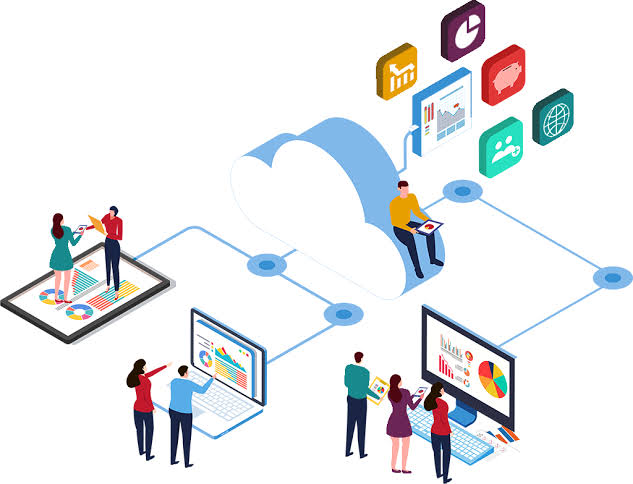
Businesses with a strong digital presence adapted quickly during lockdowns. Investing in e-commerce, digital marketing, and remote work solutions proved to be a game-changer.
2. Agility Beats Size

Smaller, flexible businesses that quickly shifted to new models—such as curbside pickups, virtual consultations, or online services—managed to stay afloat. Large corporations that were slow to adapt struggled.
3. Financial Preparedness is Key
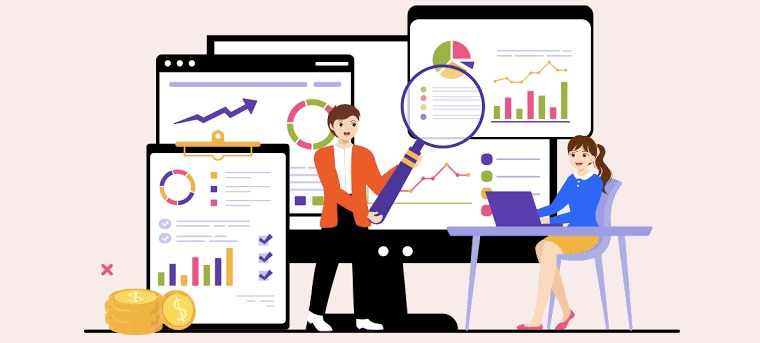
A resilient business always has financial buffers in place. Companies with emergency funds or diversified revenue streams weathered the storm better than those living paycheck to paycheck.
4. Customer-Centric Strategies Drive Loyalty

Businesses that prioritized customer relationships through personalized communication, flexible policies, and digital engagement retained more clients during the crisis.
5. Crisis Planning Should Be a Priority
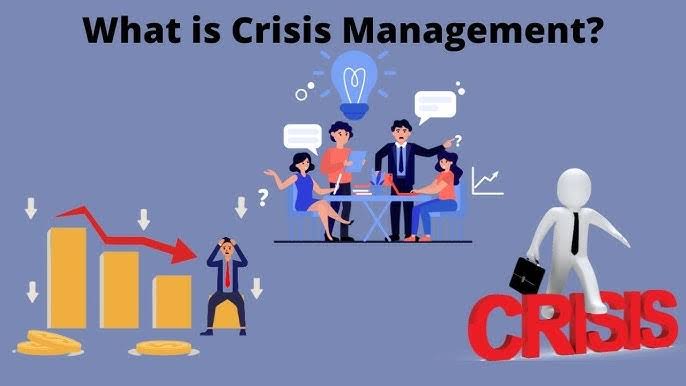
The pandemic was a wake-up call that businesses must have crisis response plans. Those with risk assessment strategies adapted faster and reduced losses.
Actionable Strategies to Future-Proof Your Business
Now that we’ve identified the lessons, let’s dive into how you can build a resilient business that thrives in uncertain times.
1. Strengthen Your Digital Presence

- Invest in an optimized website and mobile-friendly platform.
- Leverage social media marketing to stay connected with your audience.
- Utilize AI-driven chatbots for customer support and automation.
2. Diversify Revenue Streams
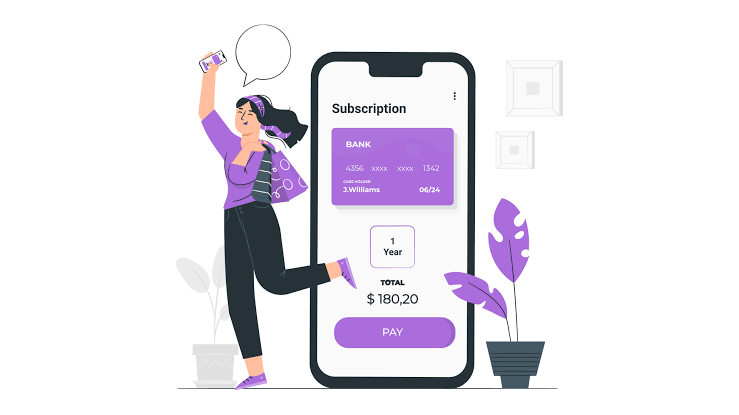
- Explore subscription models or digital products.
- Expand into online marketplaces.
- Develop alternative sourcing strategies to reduce supplier dependency.
3. Create a Financial Safety Net

- Maintain at least six months’ worth of operating expenses in reserve.
- Optimize cash flow management with automation tools.
- Secure diverse funding options, including grants or investor support.
4. Implement Agile Business Models

- Offer hybrid work arrangements to ensure operational continuity.
- Develop contingency plans for different crisis scenarios.
- Encourage a culture of innovation to quickly adapt to market changes.
5. Strengthen Customer Relationships

- Personalize communication through email marketing and loyalty programs.
- Provide flexible refund and exchange policies.
- Use data analytics to anticipate customer needs and improve offerings.
Leveraging Digital Transformation for Resilience

The future belongs to businesses that embrace technology. Digital tools not only improve efficiency but also create multiple revenue streams, making your company more adaptable. Key areas to focus on include:
- Cloud-based solutions – Ensure seamless remote work operations.
- E-commerce expansion – Build an online presence to reach a global audience.
- Data-driven decision-making – Use analytics to forecast trends and improve strategy.
Companies that harness digital advancements will have a competitive edge, making them more resistant to future disruptions.
Conclusion: Building a Resilient Business for Long-Term Success
The pandemic reshaped the business world, proving that resilience is the ultimate survival tool. By embracing digital transformation, financial preparedness, and customer-centric strategies, you can build a resilient business ready to tackle any challenge.
Don’t wait for the next crisis to strike—start implementing these strategies today. A resilient business isn’t built overnight, but with the right approach, your company can thrive no matter what comes next.
Take action now! Invest in resilience strategies, future-proof your business, and ensure long-term success.





